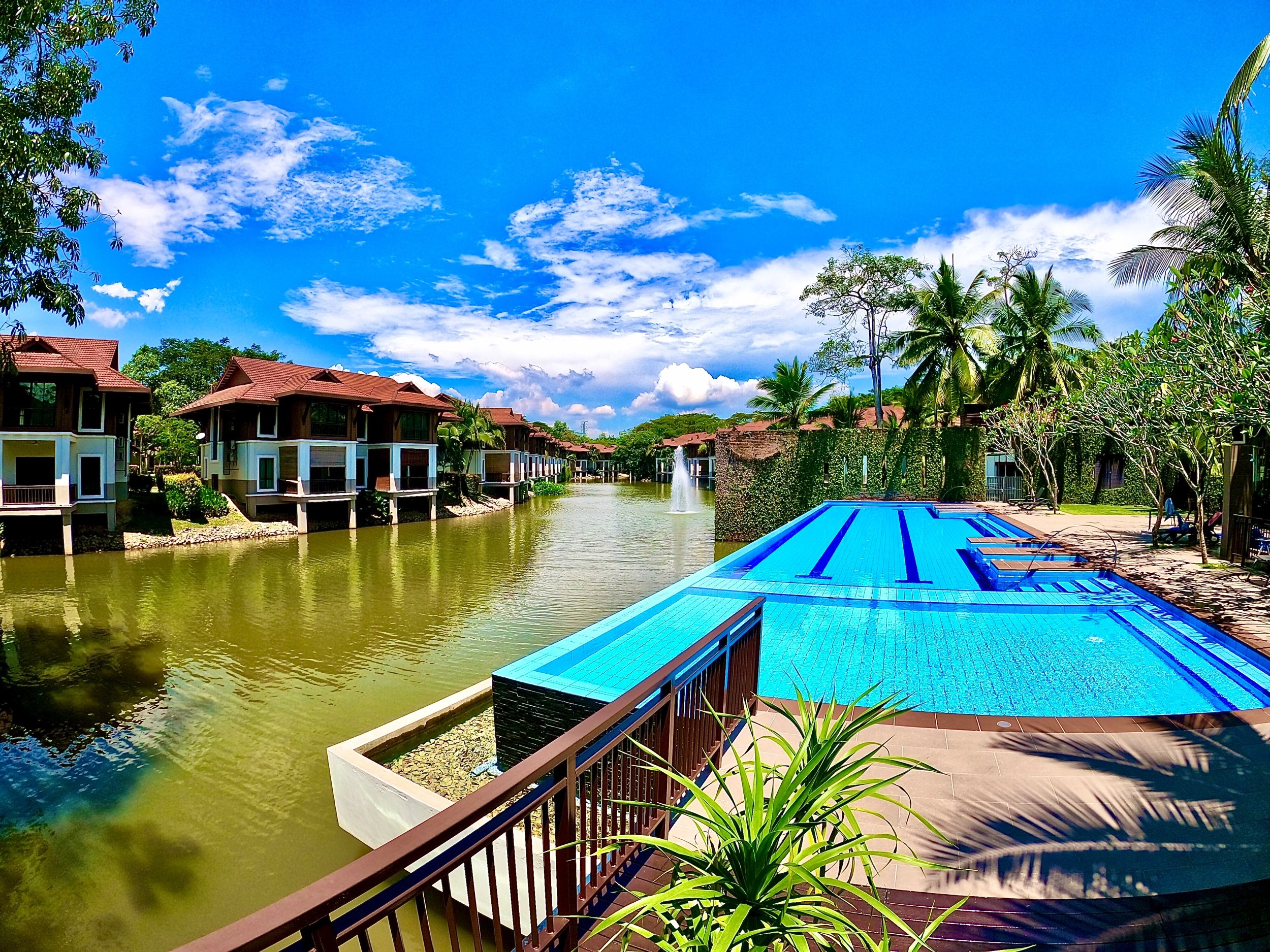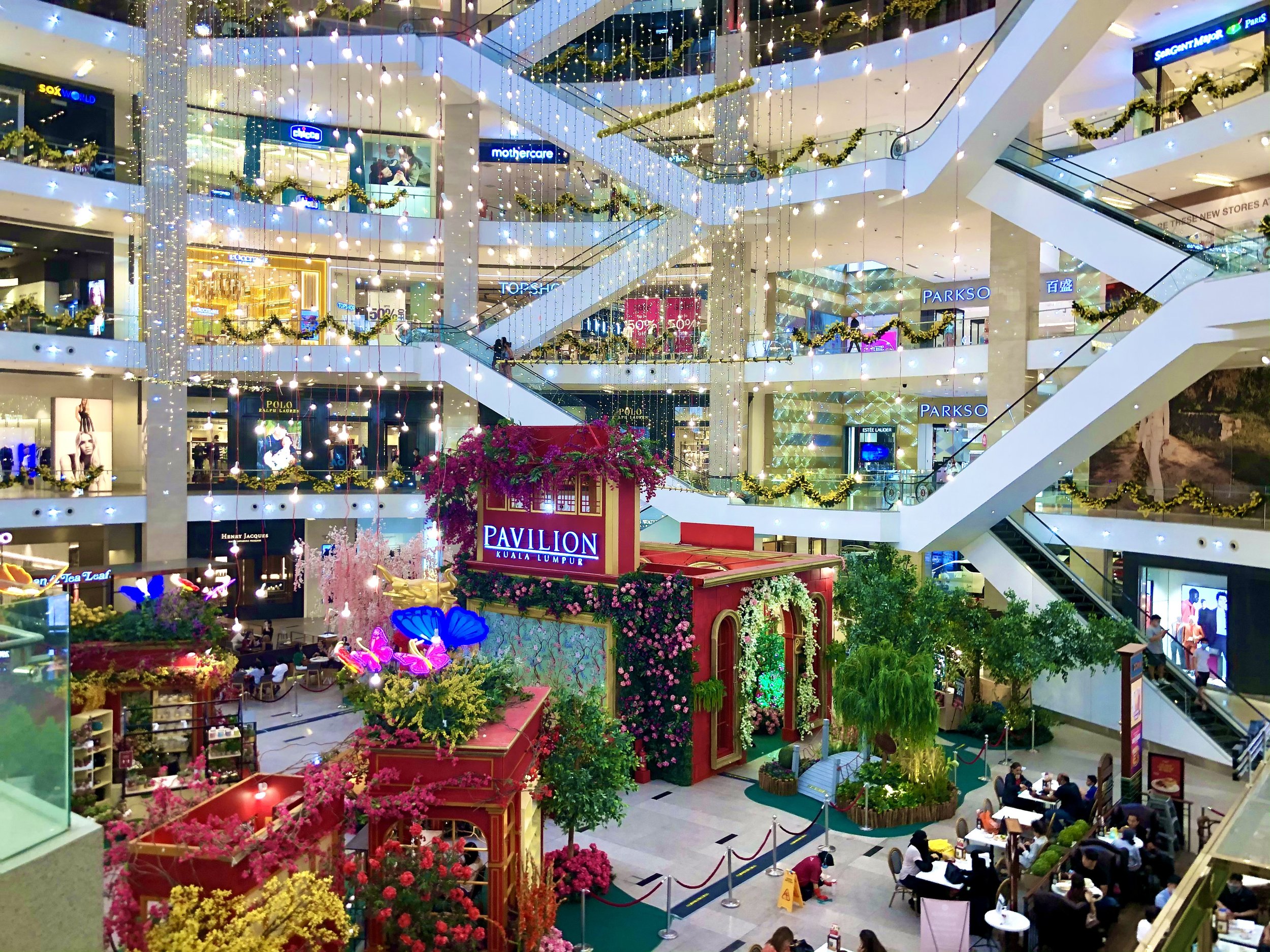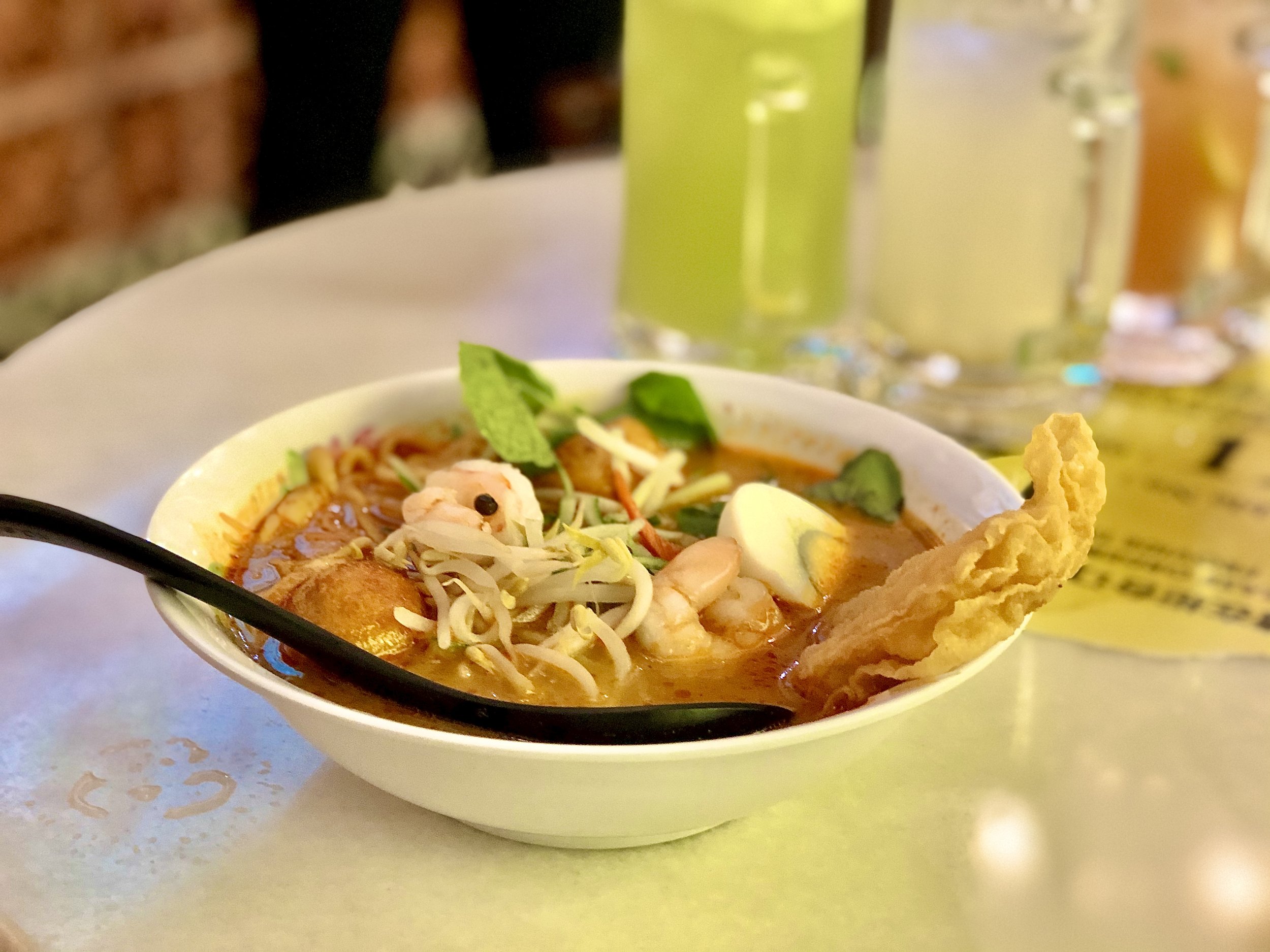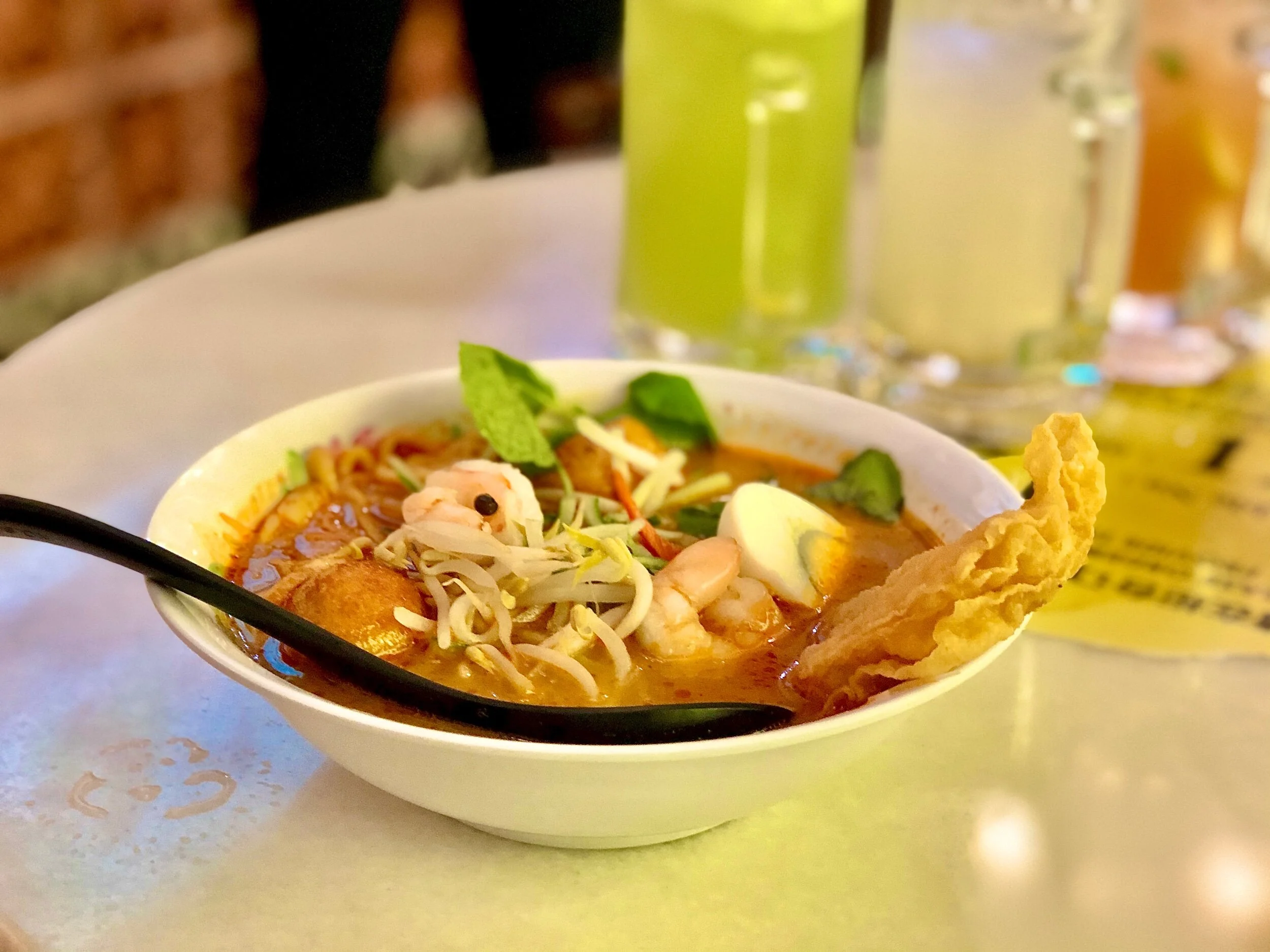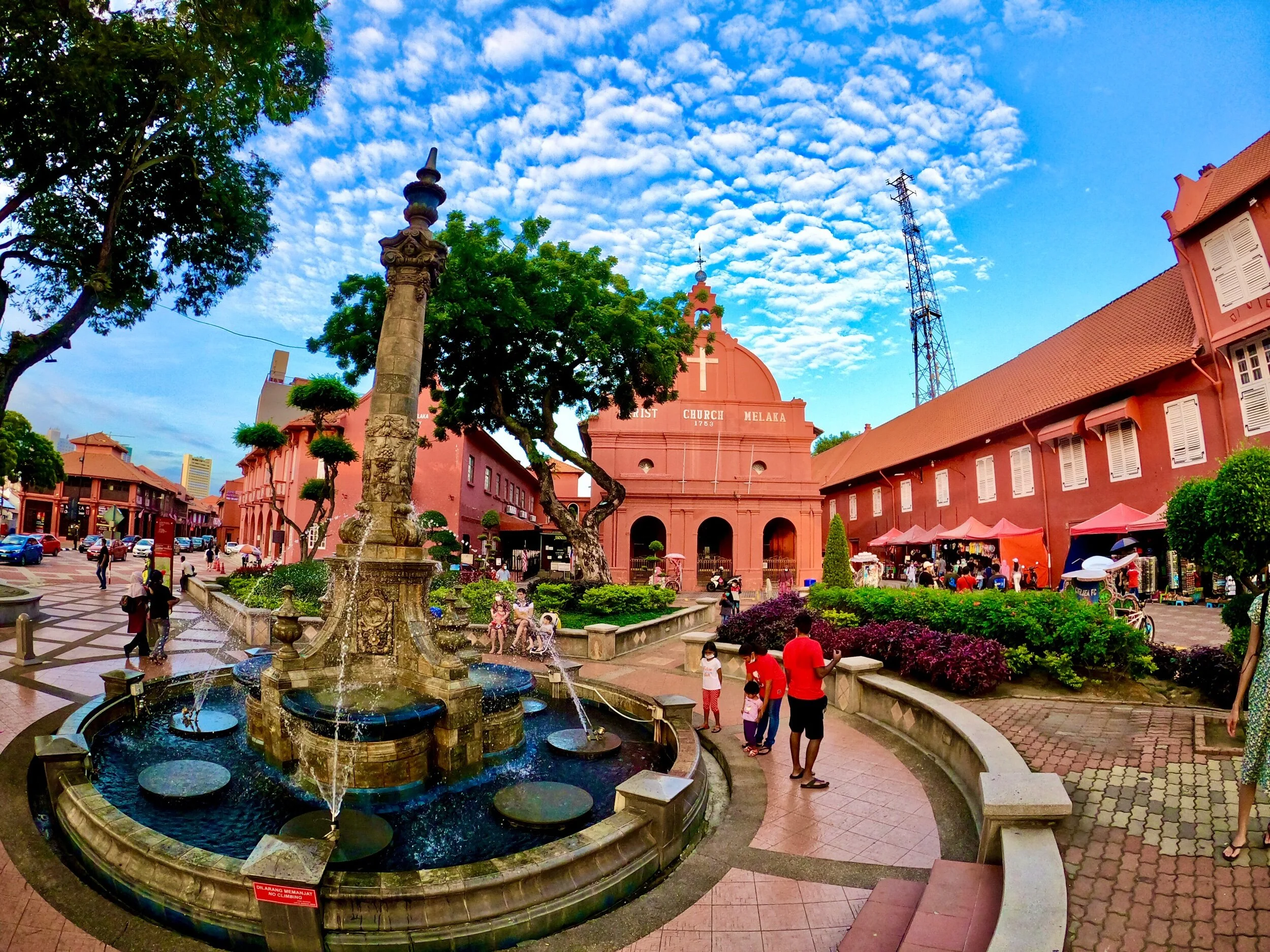Free Travel Guide for Malaysia - Top Sights, Sustainability, History, Culture, and Food
Where is Malaysia
The southeast Asian country of Malaysia is located on the southern half of the Malay Peninsula and along the northern edge of the island of Borneo. Thailand is its neighbor to the north on the peninsula and Singapore is to the south, just across the Johor Strait.
On Borneo, Malaysia shares the island with Indonesia. It’s location on the Strait of Malacca, one of the world’s most long-established and well-traveled shipping routes, has added to the cosmopolitan nature of the country.
Malaysia Weather
Being just north of the equator, the country’s weather is tropical throughout the year, with temperatures ranging from 20°C to 30°C (68°F to 86°F). The highlands do experience cooler temperatures than the coastal regions, but the humidity is often high throughout the country due both to the proximity to coasts and annual rainy seasons. There is some seasonal variation, particularly in the monsoon seasons, with the southwest, northeast, and coastal regions all experiencing heavy rainfall at different times of the year.
Cities in Malaysia
George Town, Penang was the first Malaysian city to be officially designated as such and remains one of the largest and most culturally rich cities in the country. At the southern end of the Peninsular Malaysia, the twin cities of Johor Bahru and Iskandar Puteri make up the center of the third largest metropolitan area in the country. The largest is unsurprisingly the capital city of Kuala Lumpur and the area surrounding it.
Some of the more medium sized cities are the foodie paradise of Melaka and the two popular highland areas: the Cameron Highlands and the Genting Highlands. On the island of Borneo, Kuta Kinabalu is the largest city.
The main islands that are visited are Langkawi Island in the northwest, the Perhentian Islands in the northeast, Redang Island just south of the Perhentians, and Tioman Island in the southeast.
Kuala Lumpur
Officially the Federal Territory of Kuala Lumpur, the city is often merely referred to as KL. Malaysia’s Parliament and the home of the elected monarch, Istana Negara, are located in Kuala Lumpur, though the administration and judicial branches of the federal government we’re moved to Putrajaya in 1999 in order to cut down on some of the overcrowding of the city. The city’s bustling economy and thriving tourist trade make it one of the most visited cities in the world. The fact that it is home to the Petronas Towers, some of the tallest buildings in the world and the tallest twinned towers, is a huge draw, but there are also many mosques, temples, museums, shopping centers, and parks that draw people to the city.
Malaysia Language
One of the big draws to Kuala Lumpur and Malaysia in general is the cultural diversity, and this diversity is reflected in the languages of the country. The official language is Malaysian, a standardized form of Malay language, but the country’s colonial past and the modern participation in the international business community have made English a strong second language. Additionally, there are over 130 other languages are spoken by various groups, including tribal languages related to Malay, various Chinese languages, and Tamil.
Time in Malaysia
Global Time Zone
Timewise, Malaysia’s time zone is GMT+8 - which is on the same time zone as China. This means that it is usually about 12 hours ahead of New York time and 7 hours ahead of London time, but 1 hour behind Tokyo time, 2 hours behind Sydney time, and 4 hours behind Auckland time.
Cultural Time
This cultural variety of how time is treated is apparent in other aspects of Malaysian life as well. When it comes to time, the overall approach is quite relaxed, with events often starting later than the scheduled time. However, this varies depending on where you are, the culture of the event organizers, and what the event is. In the cities and especially in business situations, things tend to run more on schedule than they do in more rural areas. The Muslim calendar and prayer schedule also affect scheduling
Malaysia Religion - Religious Tolerance
Though Islam is the religion of the Federation, indicating its symbolic importance, the constitution of Malaysia established the country as a secular state and grants individual religious freedom. This freedom is an important aspect in allowing the culturally diverse nation to function well, because while over half of the country belongs to the Sunni branch of Islam, there are a wide variety of other religions practiced.
In fact, most religions are very well tolerated and accepted there, including Christianity, Hindu, and Buddhism. This means that you’ll see plenty of Christian holidays, plenty of Hindu holidays, and plenty of Buddhist holidays being celebrated throughout the year, including decorations and festivities in malls as well as holiday specific foods, alongside Muslim holidays and celebrations.
The religious beliefs in the country tend to fall along ethnic lines, and Malaysian Malay people are all Muslim by law. While nominally secular, Islamic customs do have a lot of weight in the country and sometimes that spills over into non-Muslim lives, and peoples of all faiths face restrictions to practicing or converting. There are even separate courts that have legal jurisdiction over Muslims in matters that pertain to the laws of Islam, but they don’t pertain to people that have different faiths.
Malaysian Food
As with the other aspects of Malaysian life, the blend of cultures is a factor in the Malaysian cuisine. The country’s location on historical spice routes means that the Malay, Chinese, Indian, Thai, Javanese, and Sumatran cultures have all had a strong influence on the food culture in Malaysia. Later European trade and colonization brought Arab, Dutch, Portuguese, and British influences. There are so many wonderfully delicious things to try that choosing among them is the hard part.
Many Malaysian dishes are based around the primary staple of rice, or nasi in Malay. Nasi lemak, rice steamed with coconut milk and pandan leaves, is popular enough that it’s often referred to as the national dish. At mealtimes, it is often served with more substantial accompaniments like the traditional stew, rendang. Noodles, largely from Chinese influence have also made a place for themselves in Malaysian cuisine, with a stir-fried dish of mee goreng being one of the popular dishes. Laksa, a noodle soup, is another must-try and there are several varieties like Assam or curry, so there’s something for everyone.
Malaysian History
While the term Malaysia itself is fairly modern and the state’s foundation relatively recent, the land has a long and diverse history. Archeological discoveries show that some of the oldest inhabitants of Southeast Asia, dating back 40,000 years to a time when Borneo was still connected to the mainland, have been found in what is now Malaysia. Indian influence had spread throughout the peninsula in the 3rd century BCE and the time between then and the 15th century CE saw the rise and fall of many Hindu-Buddhist Malay kingdoms.
The founding of the port of Malacca is often a reference point of the rise of Islam in the region, through the influence of Indian Muslims and the Hui people of China with whom political and trade alliances insured the success of the settlement. The city’s position as a commercial center facilitated the spread of the religion throughout the region and other sultanates were established as political powers.
The arrival of Europeans, first the Portuguese in 1511 and then later the Dutch, created colonial governments and treaties, and then the British arrived in the late 1700s. The modern state was established out of a push for independence following WWII, and the Federation of Malaysia was formed on 16 September 1963.
Malaysian Culture
As Islam is the dominant religion, it naturally influences many aspects of the culture of Malaysia, like the conservative dress standards and the large celebrations around Hari Raya to end the fast. There are other strong influences on the culture, though, that demonstrate the multi-ethnic nature of the country.
The Chinese Lunar New Year festival is widely celebrated, with fabulous lion and dragon dances, fireworks, and seasonal foods during the 15 days of the festival. The Indian influences are celebrated in multiple ways, but they are particularly colorful at the celebrations of Thaipusam and also Deepavali, the festival of lights.
In a country surrounded by it, it makes sense that several of the festivals would involve water – the water festival in the spring involves people of all ages throwing water on each other and the Dragon Boat Festival in December is centered around the colorfully decorated boat races, but the food and performances are not to be missed.
Halloween is starting to catch on in the larger cities, and Thanksgiving meals - even those including pork - are available around Thanksgiving. Christmas lights and decorations, and even special flavors of drinks at places like Starbucks, have been becoming more popular in december as well.
Malaysia - An Amazing Place to Explore
Modern Malaysia is upholding the area’s long tradition of being a center of trade and commerce, and the cosmopolitan blending of cultures that arises when so many different groups come together. Whether for a quick visit or a longer stay, the country has much to offer – a lovely tropical climate, countless food options, and a rich and diverse culture, not to mention economic opportunities!
Malaysia & Singapore on Less than $25 per day - Johor Bahru Tips & Tricks
Thank you VERY much for reading our article. We actually created this website to help people reach financial independence. Did you know that by having a remote job and traveling endlessly, or living in a country that has low costs of living, you can actually reach retirement quicker? Plus, retirement abroad is up to 75 percent cheaper as well! Learn more by exploring our website: EatWanderExplore and REmotiFIRE.
See our Thank You page to sign up for our free weekly newsletter - you’ll receive only 1 email per week letting you know about our latest travel articles, remote-work life, and amazingly affordable destinations!
Found this post useful? Buy us a coffee to help support this site’s running costs OR share this article with a friend.




